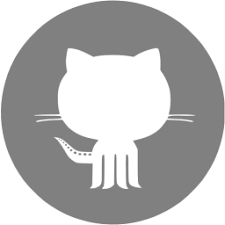
1995 April
-
Let $R$ be a commutative ring. Recall that the annihilator of an element $x$ in an $R$-module is the ideal $\mathrm{ann}(x) = \{s \in R : sx = 0\}$. Let $Rx$ and $Ry$ be cyclic $R$-modules.
a. Show that $Rx \otimes_R Ry = R(x \otimes y)$.
b. Show that $R(x \otimes y) \cong R/(\mathrm{ann}(x) + \mathrm{ann}(y))$.
c. Show that $\mathrm{ann}(x \otimes y) = \mathrm{ann}(x) + \mathrm{ann}(y)$.
(See also 1999 Nov, Prob 4.) -
Let $R$ be a ring and suppose that $I, J$ are left ideals of $R$ such that $I + J = R$. Prove that $$\frac{R}{I\cap J} \cong \frac{R}{I} \oplus \frac{R}{J}.$$ (See also 1995 Nov, Prob 4.)
-
Recall that an ideal $I$ of a ring $R$ is nilpotent if $I^n = 0$ for some positive integer $n$. Show: If $I$ and $J$ are nilpotent ideals, then so is $I + J$. Let $R = \mathbb Q[X,Y]/(X^2, Y^2)$. Show that $R$ contains a unique largest nilpotent ideal and find it. (See also 1997 Nov, Prob 5.)
-
The injectivity class of an $R$-module $C$ is defined to be the class $\operatorname{Inj}(C)$ consisting of all modules $B$ such that for every submodule $A$ of $B$, every $R$-homomorphism $h: A\rightarrow C$ extends to a homomorphism $h' : B\rightarrow C$. Prove that the injectivity class of $C$ is closed under epimorphic images; i.e., if $B \in \operatorname{Inj}(C)$ and $f : B \rightarrow B'$ is an epimorphism, then $B'\in \operatorname{Inj}(C)$.
-
Let $M$ and $N$ be finitely generated modules over the polynomial ring $\mathbb Q[x]$. Show that $M$ and $N$ are isomorphic if $M$ is isomorphic to a direct summand of $N$ and $N$ is isomorphic to a direct summand of $M$. (See also 1997 Nov, Prob 2.)
 follow me on github
follow me on github Curriculum Vitæ
Curriculum Vitæ


